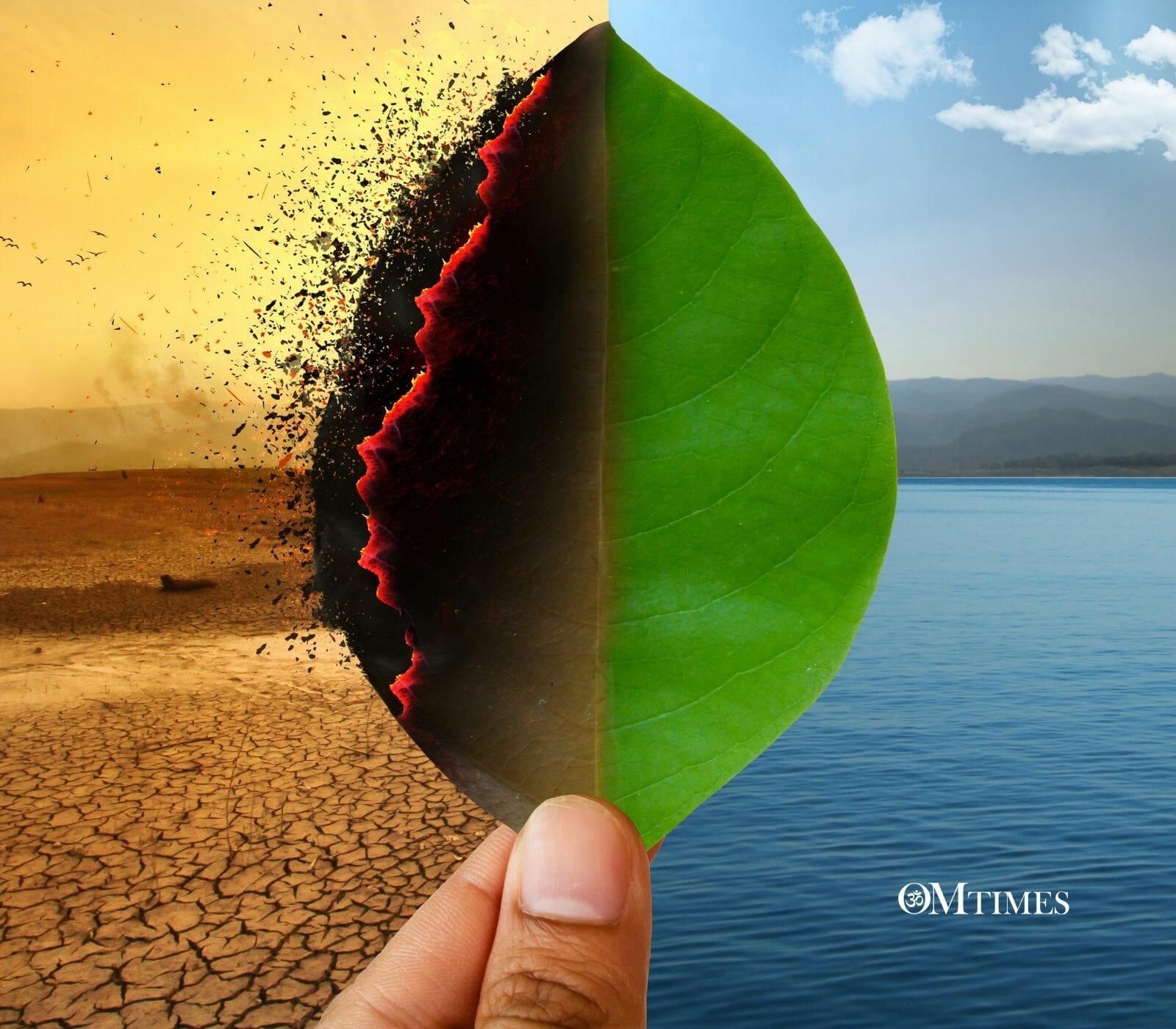Project Drawdown: 100 Climate Solutions in Real-Time

Before Project Drawdown, the most widely stated climate goals were to slow down or stop greenhouse gas emissions.
Project Drawdown
By Cher Gilmore
It’s easy to get depressed and feel helpless in the face of the cascading effects of climate change we’re experiencing today: mega-wildfires, extreme heat and drought, flooding, hurricanes on steroids, and melting ice caps, to name a few. However, it’s not hopeless; we can change our future trajectory if we make the right choices individually and together—beginning today.
Back in 2017, Drawdown: The Most Comprehensive Plan Ever Proposed to Reverse Global Warming was published. Edited by environmentalist and best-selling author Paul Hawken, the book presents 100 different ecologically sound ways to “drawdown” carbon from the atmosphere by working in cooperation with natural systems. It was the first product of Project Drawdown, co-founded in 2014 by Hawken and fellow-environmentalist Amanda Joy Ravenhill to uncover the most substantive climate solutions and communicate them to the world.
Drawdown refers to when greenhouse gases in the atmosphere stop climbing and start to steadily decline, thereby preventing catastrophic climate change. Before Project Drawdown, the most widely stated climate goals were to slow down or stop greenhouse gas emissions. Still, to Hawken, these were necessary but insufficient goals. “If you’re traveling down the wrong road, you are still on the wrong road if you slow down,” he opined. The only goal that makes sense is to reverse global warming, he believed—and there was no roadmap for that. Project Drawdown was the answer.
The solutions presented in the book and on the website were sourced from individual farms, communities, cities, companies, and governments. A coalition of researchers and scientists selected those with the most significant potential to either reduce emissions or Drawdown and store carbon from the atmosphere. To review the literature on each solution and devised climate and financial models for each. Then outside experts evaluated their work.
Both book and web site are organized into eight sections: Energy, Food, Women and Girls, Buildings and Cities, Land Use, Transport, Materials, and Coming Attractions; and every solution contains information on its history and science, examples, a ranking in terms of its global emissions-reduction potential, an estimate of how many gigatons of greenhouse gases it avoids or removes from the atmosphere, and its costs.
Who would have guessed that refrigerant management would be in the top ten? That educating girls and family planning would be the second most important factor we could enroll in to reduce carbon emissions? It turns out that hydrofluorocarbons (HFCs, the primary current refrigerant) have 1,000 to 9,000 times greater capacity to warm the atmosphere than carbon dioxide. As for making the means of family planning more accessible and educating girls, these two rights-based solutions are projected to reduce the future global population by about a billion people, with commensurate savings in greenhouse gas emissions.
It’s hopeful to see so many natural solutions already in practice, but even more hopeful to see how many of them we can individually affect. We can all reduce the amount of food we waste (the #1 emissions saver), we can add more plant-based food to our diets and reduce our meat (#3). We can see that our old refrigerators and air conditioners are recycled properly (#4). And those SUVs? Last year the International Energy Agency found that SUVs were the second largest cause of the global rise in carbon dioxide emissions over the past decade! An analysis commissioned by The Guardian found that all the SUVs sold in the U.S. just in 2018 will in one year emit 3.5 million tons more in CO2 than if they were smaller cars. Over a 15-year lifetime of the vehicles, the extra pollution is on par with Norway’s entire annual emissions—a huge hit to the climate.
This year Project Drawdown published their latest update—the Drawdown 2020 Review—for free download from their website. Their bottom line: the world can still reach Drawdown by mid-century if we make the best use of all existing climate solutions. Ultimately, we can build an utterly regenerative society. When we implement natural solutions to solve climate emergencies, we produce benefits to human and planetary well-being. Benefits include clean air and water, more nutritious food, less disease, and more productive and meaningful jobs.
The Drawdown solutions challenge is that scaling them up will require international cooperation and coordination at unprecedented levels. It will depend on whether our leaders see global warming as an existential threat and act with requisite speed and determination. Achieving the needed global transformation will require a new paradigm of cooperation, a vision of possibility, and the collective will to address the issue.
Project Drawdown has produced a framework to guide us on a new pathway of ecological recovery and sustainability. Still, to act, we need to touch, see, and feel the existing solutions at hand. In “Drawdown 2020—The Time is Now,” the virtual event that introduced Climate Week in New York City in September, we experienced the sight, sound, and feel of just a few of those solutions, and watching it was electrifying. For a full inspirational hit, consider taking in the recording under News and Events on drawdown.org.
There is so much in this inspiring presentation that one can get overwhelmed with possibility!
In the end, clips of Academy Award-winning filmmaker Louis Psihoyos’ film “Racing Extinction” were shown—as they were being projected on the Empire State Building and then on the Vatican during the COP21 international climate conference, creating 4.4 billion media impressions worldwide. Psihoyos says that “once you get 10 percent of the population, 100% committed to a cause, it’s unstoppable.” With his films, he aims to get 10 percent of the planet aware of the extinction crisis. He’ll be making similar projections of his movie on iconic buildings worldwide next year.
Project Drawdown ultimately is a response to Rachel Carson’s observation many years earlier: “The human race is challenged more than ever before to demonstrate our mastery—not over nature but of ourselves.”
Rather than feeling climate change is something that’s happening to us, Paul Hawken asks us to consider that “global warming is happening for us—an atmospheric transformation that inspires us to change and reimagine everything we make and do.” If we do that, he says, we begin to live in a different world.
You will also enjoy Climate Change and Consciousness
Click HERE to Connect with your Daily Horoscope on OMTimes!
Visit Our Astrology Store for Personalized Reports
About the Author
Cher Gilmore is a community organizer, writer, and editor living in Southern California. She believes that addressing climate change is the #1 requirement for human survival and spends most of her time organizing around and writing about this issue. https://drawdown.org/
OMTimes Magazine is one of the leading on-line content providers of positivity, wellness and personal empowerment. OMTimes Magazine - Co-Creating a More Conscious Reality





